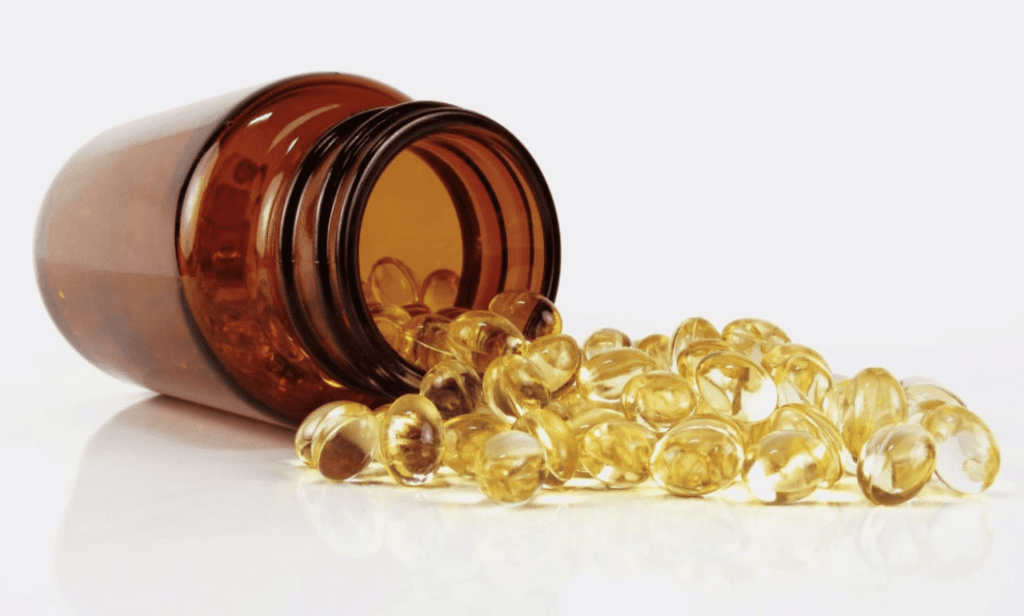
For decades, vitamin D was synonymous with bone health—a nutrient pediatricians urged for strong skeletons and doctors prescribed to prevent osteoporosis. But emerging research now hints at a far grander role: this humble vitamin might influence how fast we age at a cellular level. A groundbreaking study suggests vitamin D supplements could help preserve telomere length, those tiny protective caps on our chromosomes that act as biological hourglasses. As telomeres shorten, cells age and malfunction. Slowing this process might delay age-related diseases like heart failure, diabetes, or cognitive decline. Intriguingly, scientists found that individuals with optimal vitamin D levels maintained longer telomeres—equivalent to cells 5 years younger—compared to those with deficiencies. Let’s unpack what this means for longevity and why your vitamin D status might be quietly shaping your biological clock.
Telomeres function like the plastic tips on shoelaces, preventing chromosomes from fraying during cell division. Each time a cell replicates, telomeres shorten slightly. When they erode completely, cells enter senescence (a “zombie state”) or self-destruct. This shortening accelerates under stress, inflammation, or poor lifestyle habits. Dr. Elizabeth Blackburn, Nobel laureate for telomere research, compares them to a “molecular fuse” dictating cellular lifespan. Short telomeres correlate strongly with aging markers—wrinkled skin, weakened immunity, and chronic disease. One study tracking 110,000 people linked shortened telomeres to a 23% higher risk of early death. Preserving them isn’t about immortality; it’s about healthier, more functional aging.
Vitamin D’s role transcends calcium absorption. It’s a hormone-like regulator influencing over 200 genes, including those governing inflammation and oxidative stress—two key drivers of telomere shortening. When inflammation flares, immune cells release reactive oxygen species (ROS) that damage DNA and accelerate telomere erosion. Vitamin D suppresses inflammatory cytokines like TNF-alpha and IL-6 while boosting antioxidants. Dr. Carlos Camargo of Harvard Medical School notes, “Vitamin D acts as a cellular peacekeeper. It calms inflammatory fires and reduces DNA-damaging oxidative stress—conditions directly linked to telomere degradation.”
The pivotal study, published in Nutrition Research, analyzed 2,100 adults over five years. Researchers measured serum vitamin D levels and leukocyte telomere length (LTL) annually. Participants with levels ≥30 ng/mL (the clinical sufficiency threshold) had significantly slower telomere shortening rates—0.5–0.6% less per year—than those deficient (<20 ng/mL). After adjusting for age, BMI, smoking, and activity, the vitamin D-sufficient group had telomeres comparable to peers five years younger biologically. Notably, deficient subjects who corrected levels via supplements saw telomere attrition rates normalize within two years. These findings align with twin studies showing genetics account for just 40% of telomere variance; environment and nutrition dominate the rest.
How might vitamin D achieve this? Three mechanisms stand out:
- Telomerase Activation: Vitamin D upregulates telomerase, the enzyme rebuilding telomeres. A 2017 International Journal of Obesity trial found 2,000 IU/day of vitamin D increased telomerase activity by 19% in overweight adults.
- Inflammation Control: Chronic inflammation shortens telomeres 30–60% faster. Vitamin D lowers C-reactive protein (CRP), a key inflammation marker. For every 10 ng/mL increase in vitamin D, CRP drops by 0.2 mg/L.
- DNA Repair Boost: Vitamin D enhances expression of DNA-repair genes like BRCA1 and p53, patching errors that hasten telomere loss.
Critically, vitamin D deficiency is pandemic—affecting 1 billion people globally. Older adults, darker-skinned individuals, and northern latitude residents face the highest risks. “Blood levels below 20 ng/mL aren’t just suboptimal; they’re pathological,” warns Dr. Michael Holick, vitamin D researcher at Boston University. “Deficiency forces cells into survival mode, accelerating aging processes.” A UK Biobank study tied deficiency to 25% faster telomere shortening in adults over 60.
Should you supplement? The evidence leans toward “yes” for deficient individuals, but nuance matters. Megadoses aren’t better; excess vitamin D can cause kidney strain. The Endocrine Society recommends:
- Test First: Request a 25(OH)D blood test. Optimal range is 30–50 ng/mL.
- Dose Smart: 1,000–2,000 IU/day maintains sufficiency for most. Deficient adults may need 6,000 IU short-term.
- Pair with Cofactors: Vitamin D needs magnesium to activate and vitamin K2 to direct calcium to bones (not arteries).
Sunlight remains the ideal source—10–15 minutes of midday sun synthesizes 10,000 IU naturally—but supplements ensure consistency. Fatty fish, mushrooms, and fortified milks help marginally.
Beyond telomeres, vitamin D’s anti-aging portfolio is robust. It slashes Alzheimer’s risk by 33% in sufficient elders (per Neurology data) and cuts heart attack odds by 50% in hypertensives (American Heart Association findings). Yet telomere science offers something unique: a measurable biomarker of cellular youth. “Telomere length is the closest thing we have to a biological age test,” asserts Dr. Jerry Shay of UT Southwestern Medical Center.
While vitamin D isn’t a “fountain of youth” pill, maintaining robust levels through smart supplementation—guided by testing—could help cells age more gracefully. Combined with stress management, exercise, and antioxidant-rich foods, it’s a pragmatic piece of the longevity puzzle. As research evolves, one truth emerges: in the quest to slow aging, protecting our telomeres might start with a simple vitamin we’ve underestimated for too long.
